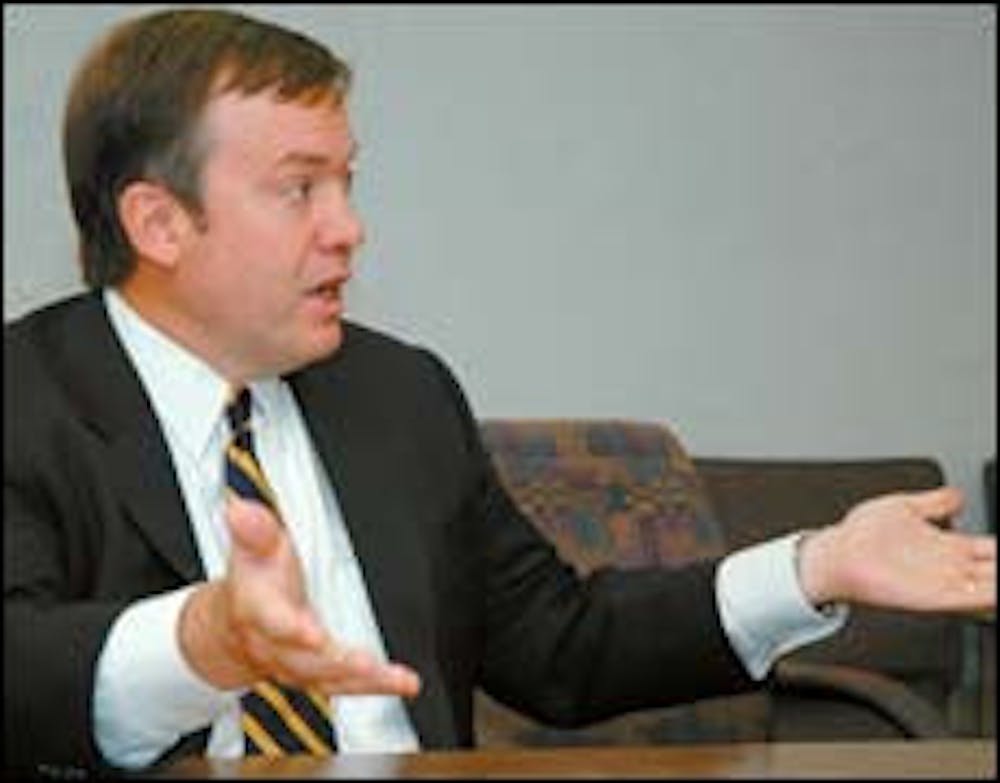Presiding over one of the largest public universities in the country has its financial rewards.
A report released in The Chronicle of Higher Education Nov. 18 placed ASU President Michael Crow's $587,394 annual compensation package as the 10th highest of the 139 public universities surveyed. Last year, he was ranked 14th at $518,394.
Crow said he is satisfied.
"The salary is very fair and very generous," he said. "I am honored to have my job."
When Crow was hired in 2002, his starting compensation was $518,394 -- the same he received as executive vice provost at Columbia University.
This year's $60,000 raise was the first the president has seen since coming to ASU.
Although the raise may seem extreme, it's important to keep the numbers in perspective, Crow said.
"Most people expect [their salary] to be adjusted every year; mine is every three years," he said. "My salary is a tiny, tiny fraction of the University's $1.2 billion budget."
The total payment package isn't strictly salary -- it also includes private donations through the ASU Foundation for a car and house.
The salary portion was increased by $50,000 to $440,000. He received an additional $10,000 for a total house fund of $50,000 and no increase to the $8,394 car budget.
An $80,000 allotment for tuition reimbursement and supplemental retirement pay from private donors was discontinued this year, though Crow did receive $80,000 in state funds for deferred compensation and a membership to the Paradise Valley Country Club.
Paul Fain, who compiled the report for The Chronicle, said Crow's pay raise is not out of the ordinary.
"Good salaries are part of the mix in trying to find the right person," he said.
UA President Peter Likins ranked 24th at $503,394 a year.
Since Likins is retiring this year, his payment package was not up for revision, Crow said.
Psychology senior Amanda Davisson doesn't understand why Crow is paid so much.
"It's not like he's president of the U.S. -- he's president of the University," she said.
But communications junior Krista Paraszczak thinks the compensation is fair.
"With all of the work he has to do and with all of the people that work for him, he has a lot on his shoulders," she said.
The universities surveyed were chosen by their classification as a doctorial or research university by the Carnegie Foundation for the Advancement of Teaching. For the four states that do not have research universities -- Alaska, Montana, North Dakota and South Dakota -- the largest public universities were surveyed, Fain said.
Reach the reporter at kristi.eaton@asu.edu.




